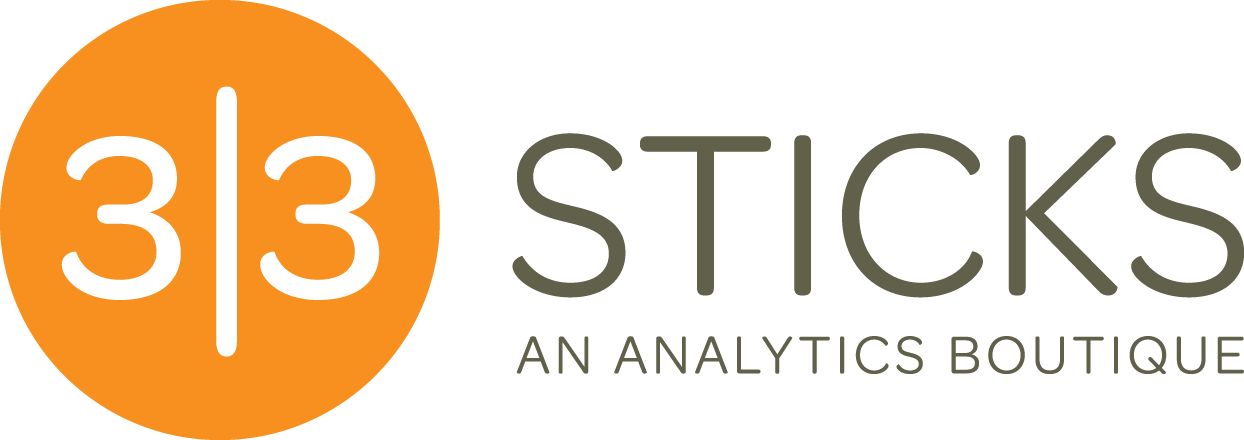The Agency Landscape is Changing: Embracing a Client-Centric Approach
For years, many companies have had negative experiences with agencies. This dissatisfaction can be attributed to a variety of factors, including misaligned billing models, prioritizing growth over client outcomes, and viewing clients as transactional relationships. As the agency landscape changes, it's time for agencies to adapt and embrace a more client-centric approach.
The Issues with Traditional Agencies
The problems companies have faced with traditional agencies can be broken down into six main areas:
Misaligned billing models: The billable hour often doesn't serve clients' best interests and can result in unnecessary expenses.
Growth and revenue prioritization: Agencies focusing on their own growth and revenue instead of client outcomes can lead to subpar results.
Transactional relationships: Treating clients as transactions leads to inexperienced consultants being assigned to projects, resulting in higher margins for the agency but poorer outcomes for clients.
Black box solutions: Agencies sometimes create proprietary solutions that make clients dependent on their services, fostering a lack of transparency and trust.
Shuffling delivery teams: Agencies often shuffle delivery teams for better margins, causing poor relationships and lost knowledge.
Bloated delivery teams: Unnecessarily large delivery teams are used to justify more billable hours, adding expense without delivering value.
The New Client-Centric Approach
In response to these issues, agencies must adapt and evolve. To remain competitive and foster long-lasting relationships with clients, they should:
Adopt shared outcome models: Agencies and clients should work together to achieve mutually beneficial outcomes, fostering collaboration and success.
Invest in people: Agencies must prioritize the success of the people they work with, ensuring their growth and development.
Implement client-aligned billing models: Billing models that align with clients' best interests help build trust and long-term relationships.
Become teachers and guides: Instead of working in isolation, agencies should empower clients to reach their potential by offering guidance and knowledge sharing.
Be passionate about client success: Deeply understanding clients' businesses, processes, politics, marketplaces, and customers is crucial for agencies to provide tailored, effective solutions.
View clients as human relationships: Shifting from transactional relationships to long-term, human connections will lead to stronger partnerships and mutual growth.
The Future of Agency-Client Relationships
As companies become more discerning about their agency partners, the future of the agency-client relationship will be shaped by a more client-centric approach. Agencies can either position themselves as strategic partners, creating value and fostering positive experiences, or as low-cost, outsourced contractors. To succeed, agencies must choose their model wisely and fully understand the reasons behind their choice.
In conclusion, agencies that embrace a client-centric approach, focus on shared outcomes, and prioritize long-term relationships will be best positioned for success in the changing landscape. By doing so, they can build strong partnerships, drive better results, and create a brighter future for their clients and themselves.
